Cats
Best ways to discipline a cat
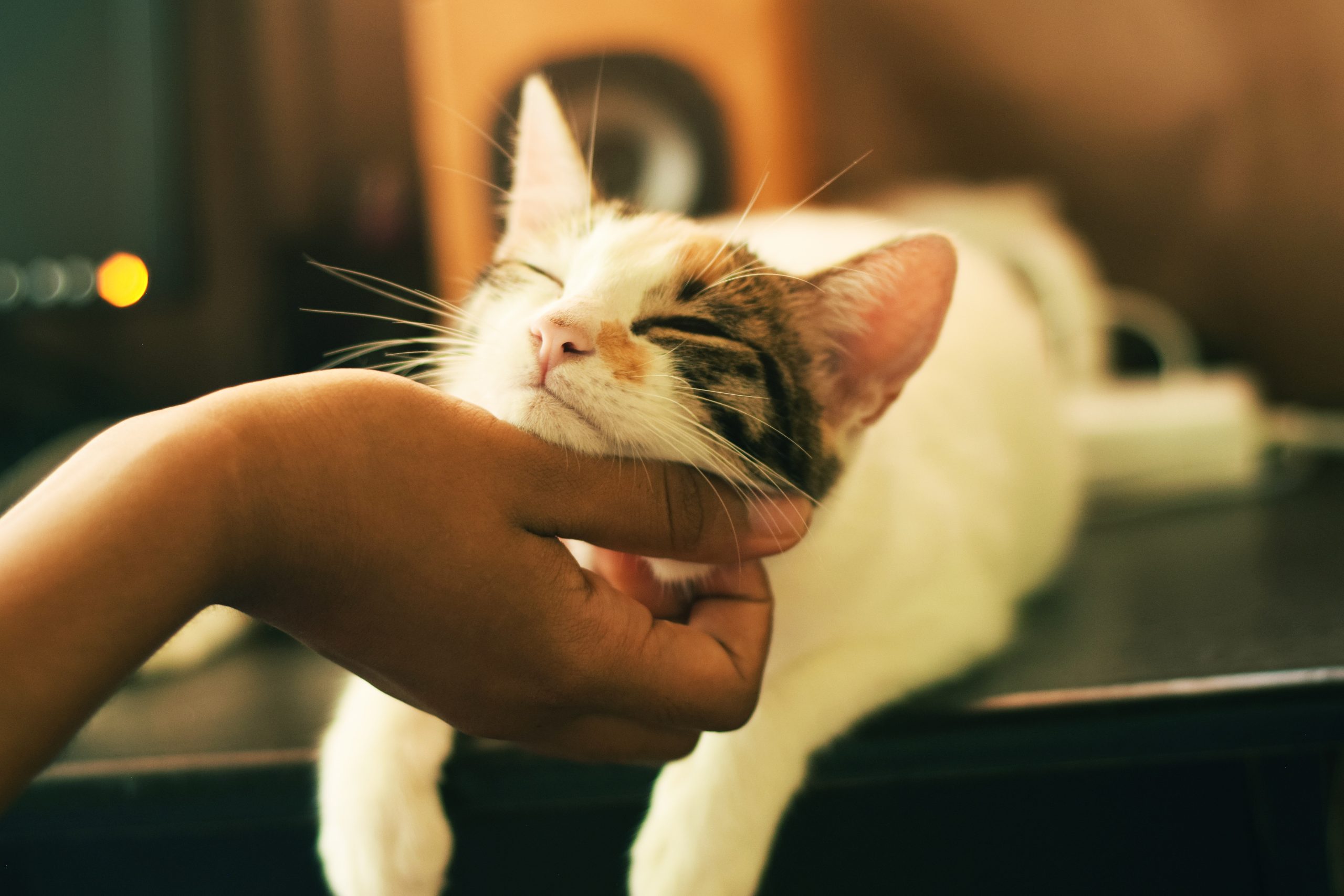
Do you have a mischievous cat that won’t stay off the counter, won’t stop meowing at night, or simply won’t stop scratching your furniture? You may be wondering what the best ways to discipline a cat are. Discipline is important for cats, as it allows them to understand what is and isn’t acceptable behavior. In this blog post, we’ll explore the top 7 tips for disciplining a mischievous cat. By using these methods, you can help your cat learn to behave more appropriately and enjoy a calmer home.
1) Consistency is key
One of the most important things to keep in mind when learning how to discipline a cat is that consistency is key. Cats, just like people, need clear boundaries and rules to feel secure and safe in their environment. This means it’s important to set clear expectations for your cat and enforce them consistently.
Whether you’re trying to discipline a kitten, discipline a cat for biting, or discipline a cat for attacking the same principles apply. Start by identifying the behavior you want to address and setting clear boundaries around it. For example, if your cat is scratching furniture, you might set up scratching posts in several areas of your home and encourage your cat to use those instead.
Once you’ve set up clear boundaries, it’s important to enforce them consistently. This means being vigilant about catching your cat in the act of unwanted behavior and correcting them immediately. For example, if you catch your cat scratching the furniture, gently pick them up and move them to a scratching post. If you do this consistently, your cat will start to understand that scratching the furniture is not acceptable behavior.
Remember, discipline is not about punishing your cat, but rather about teaching them what is and isn’t acceptable behavior. By setting clear expectations and enforcing them consistently, you’ll be helping your cat feel safe and secure in their environment. And if you find your cat particularly difficult to discipline, don’t hesitate to seek professional help. With patience and consistency, even the most mischievous cats can learn to behave appropriately.
2) Redirect their energy
One of the best ways to discipline mischievous cats is to redirect their energy. Cats are naturally curious and playful, and sometimes their misbehavior is simply a result of pent-up energy that they need to release. To prevent your cat from misbehaving, you can try to provide them with other ways to release their energy.
For example, you can provide them with toys that stimulate their senses and allow them to play and explore. Puzzle toys that require problem-solving skills can be especially effective in redirecting their energy. Additionally, providing them with scratching posts or toys that allow them to scratch can also help redirect their energy and prevent them from scratching your furniture.
Another effective way to redirect your cat’s energy is to engage them in interactive play. Spend time playing with your cat and provide them with opportunities to chase, pounce, and explore. This not only helps release their energy but also helps strengthen your bond with your furry friend.
By redirecting your cat’s energy, you can help prevent them from misbehaving and causing trouble. Remember that every cat is different, so it may take some trial and error to figure out what works best for your feline friend. With patience and consistency, you can help your cat channel its energy positively and become a well-behaved member of your household.
3) Do not use physical punishment
One of the biggest mistakes cat owners make when disciplining their furry friends is using physical punishment. While it may seem like the most straightforward way to teach your cat right from wrong, it can be harmful to your pet and damage your relationship with them.
Physically punishing your cat can cause them to become fearful, anxious, or aggressive towards you. It can also lead to health problems, such as injuries or even chronic pain. Moreover, cats do not associate physical punishment with their misbehavior, so it may not even be an effective form of discipline.
If you are wondering how to discipline a cat for biting, attacking, or not listening, there are much better ways to correct their behavior. Instead of hitting, yelling, or spraying your cat with water, try redirecting their attention or using positive reinforcement to encourage good behavior.
For instance, if your cat is scratching the furniture, provide them with a scratching post and praise them when they use it instead. If your cat bites or scratches you during playtime, stop the play immediately and walk away to teach them that aggressive behavior will not be tolerated.
Overall, it is important to remember that cats respond best to patient, consistent, and positive forms of discipline. If you are struggling to find ways to discipline your kitten or cat, seek advice from a veterinarian or a professional cat behaviorist who can provide you with effective strategies tailored to your pet’s needs.
4) Use positive reinforcement
When it comes to disciplining your cat, using positive reinforcement is one of the most effective ways to modify their behavior. Instead of punishing them for bad behavior, focus on rewarding good behavior. Positive reinforcement can include treats, praise, and even playtime.
For example, if you are trying to teach your cat not to scratch the furniture, provide them with a scratching post and reward them when they use it. When your cat behaves appropriately, such as using their scratching post or using the litter box, give them treats and plenty of praise.
Positive reinforcement can also be used to discourage bad behavior. For instance, if your cat is attacking your feet or hands, make a loud noise, such as clapping your hands, and immediately stop playing with them. Once they calm down, resume playtime. If they continue to attack, end the play session for a brief period to show them that this type of behavior is not acceptable.
It is essential to note that positive reinforcement takes time and patience. How to discipline a kitten or how to discipline your cat might require repetition and consistency, but the results will be worth it. With positive reinforcement, you can build a stronger bond with your cat and help them become a well-behaved and happy companion.
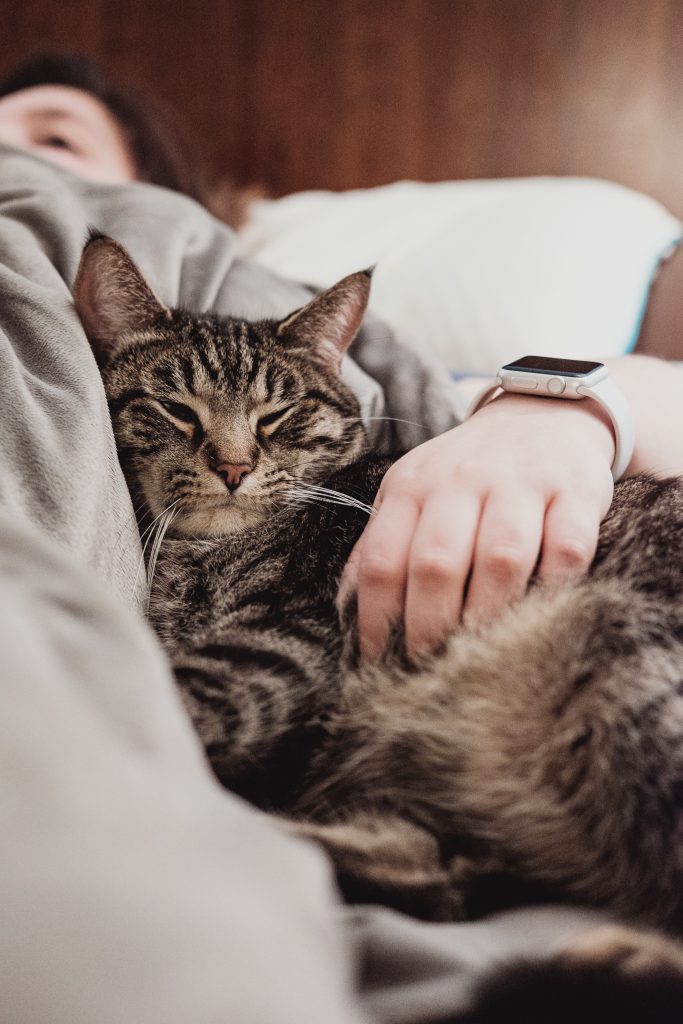
5) Timeouts can be effective
Timeouts are a useful tool when it comes to disciplining a cat. This method involves placing your cat in a quiet, confined space such as a bathroom or a designated timeout area. This technique works well for cats that won’t listen or behave appropriately. If your cat is acting out, attacking, or being destructive, you can place them in timeout for a few minutes until they calm down.
It is important to note that timeouts should never be used as a form of punishment. Instead, they should be seen as a time to give your cat space to cool off and regroup. Make sure to choose a quiet and safe area, free of any distractions. This will allow your cat to focus on calming down and not become agitated or distracted.
When your cat has been placed in timeout, make sure to avoid any contact or interaction with them. Wait until they have calmed down and are no longer aggressive before returning them to their routine. Be consistent in using timeouts, and over time your cat will learn that acting out is not acceptable behavior.
Overall, timeouts can be a valuable tool in disciplining a mischievous cat. With patience, consistency, and positive reinforcement, your cat will learn to behave appropriately and avoid acting out in the future. Remember to never use physical punishment or force your cat into a timeout, as this can cause them to become fearful and stressed. Instead, be calm and gentle; your cat will respond positively to your training.
6) Be patient
When it comes to disciplining a cat, patience is key. Cats are known for their independent nature and may not respond to discipline as dogs do. It may take some time for your cat to learn what behaviors are unacceptable and what is expected of them.
If you’re wondering how to discipline a cat that won’t listen or how to discipline a cat for attacking, it’s important to understand that cats respond best to positive reinforcement. Punishing or scolding your cat can make the problem worse and damage your relationship with them.
Instead, focus on rewarding good behavior and redirecting their attention when they’re engaging in unwanted behavior. Use treats, toys, or praise to reinforce positive actions. For example, if your cat scratches the scratching post instead of the couch, give them a treat or some extra attention.
It’s important to remember that changes in behavior won’t happen overnight. It may take weeks or even months of consistent reinforcement before your cat learns what’s expected of them. So, be patient and stick to a consistent training routine. With time and effort, you can train your cat to be a well-behaved and loving companion.
7) Seek professional help if needed
If you have tried various disciplinary methods, but your cat still won’t listen, it may be time to seek professional help. This could mean consulting with a veterinarian or a certified cat behaviorist.
A veterinarian can help rule out any medical issues that could be causing your cat’s misbehavior. They can also suggest possible solutions and medication if necessary.
A certified cat behaviorist can help you understand your cat’s behavior and offer specific solutions for your situation. They can teach you how to modify your cat’s behavior and create a positive environment for them.
It’s important to remember that every cat is unique, and what works for one may not work for another. If you find yourself asking, “How do you discipline a cat that won’t listen?” it may be time to seek professional guidance.
Overall, disciplining a cat takes patience and consistency. It’s important to use positive reinforcement and avoid physical punishment. Redirecting their energy and using timeouts can also be effective. If all else fails, seek professional help to ensure a happy and healthy relationship with your furry friend.
Read Also:
07 Best Ways to Introduce a New Cat to Your Household
Socializing Your Kitten: How to Get Your Cat Comfortable Around People
0 Comments
Leave a Reply
Cancel reply
Cats
Tips for Taking Care of a Pregnant Cat
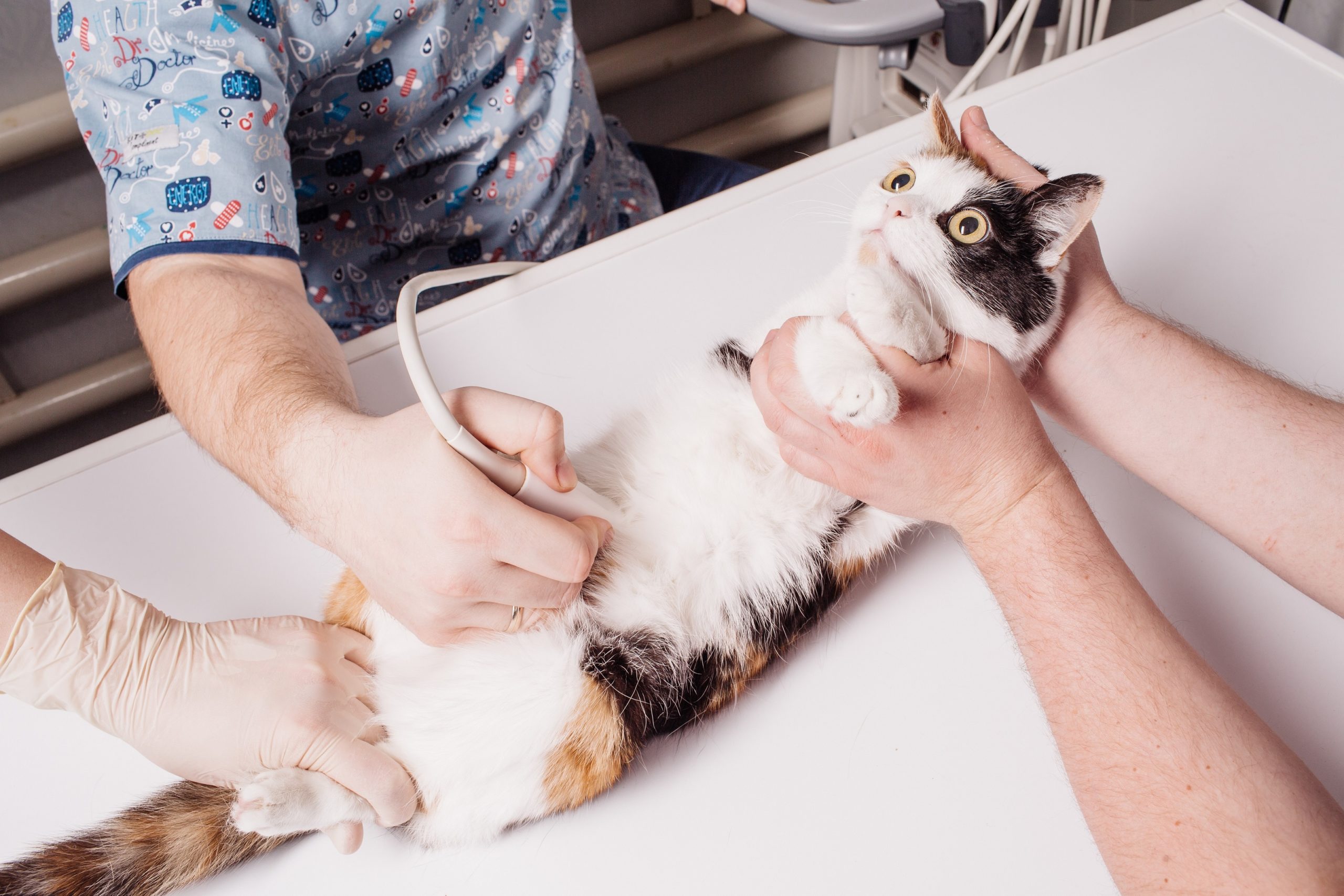
Having a pregnant cat can be a wonderful, but sometimes overwhelming experience. With the proper guidance and care, however, you can help make sure that your pregnant cat has a safe and healthy pregnancy. Taking care of a pregnant cat is relatively simple and involves making sure she has a comfortable home, nutritious food, and regular veterinary check-ups. In this blog post, we will cover the basics of feline family planning and provide some helpful tips for taking care of a pregnant cat.
Cats
Signs of Cat Pregnancy Week by Week
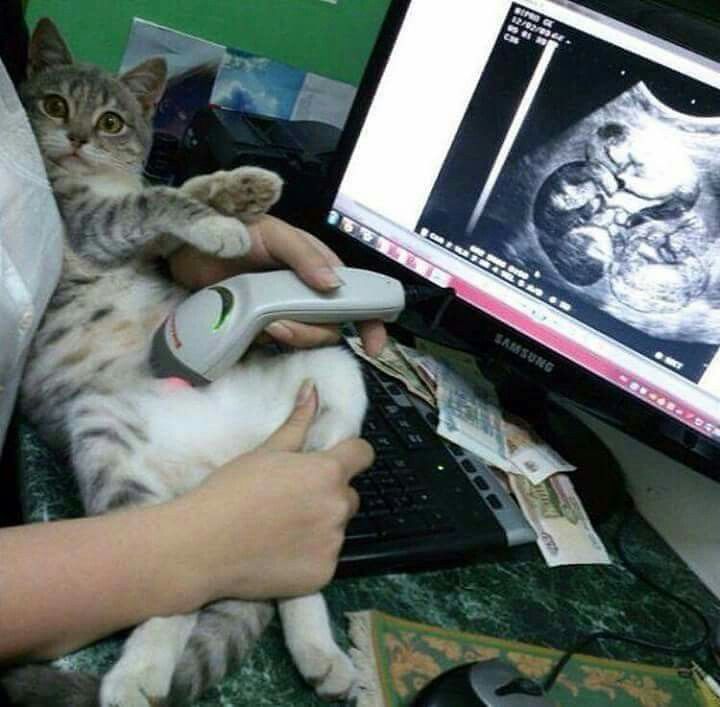
If you’re a cat owner, you may have noticed signs of your cat’s pregnancy and are wondering what to expect. Knowing the signs of cat pregnancy by week can help you better understand and monitor the changes your cat is going through during her pregnancy. In this blog post, we’ll discuss the various signs of cat pregnancy and what to expect from week to week.
Cats
Why Kittens are Born Dead or Deformed
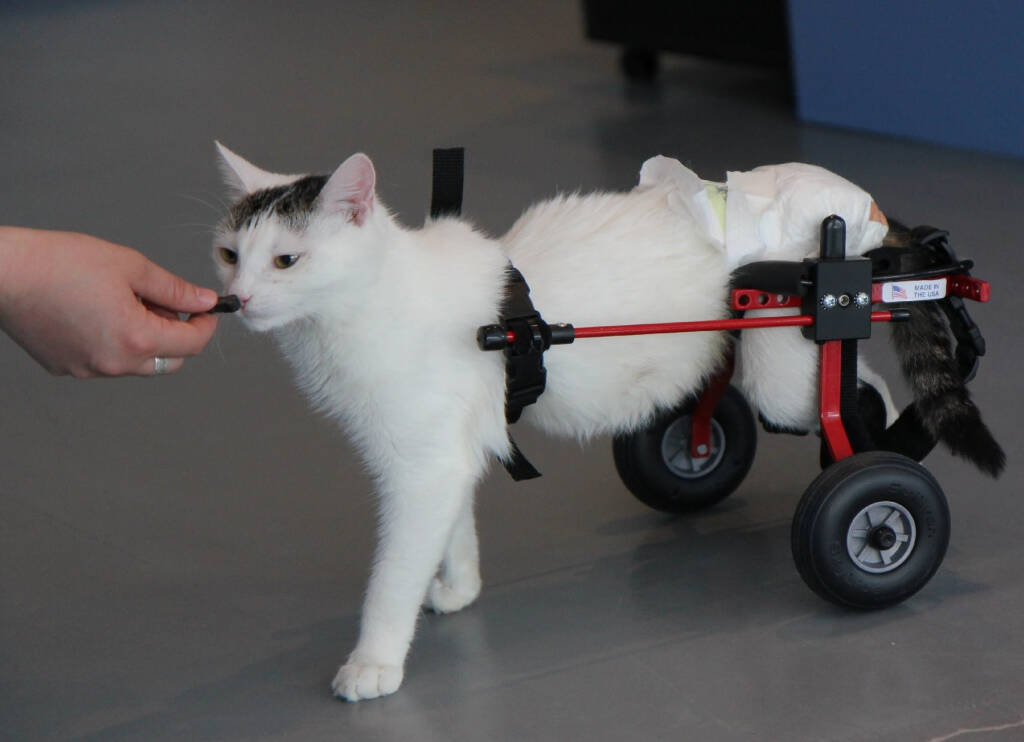
No one expects to find dead or deformed kittens in a litter, but sadly this does happen from time to time. In this blog post, we will discuss the reasons for the birth of dead and deformed kittens, as well as what can be done to prevent this from occurring. We will also discuss how to properly care for these kittens if they are born alive. By understanding the causes and effects of dead and deformed kittens, we can better support our furry friends in need.
Trending

 Cats1 year ago
Cats1 year agoDon’t Feed Your Cat These 8 Foods!

 Cats11 months ago
Cats11 months agoWhy Do Cats Spray and How Can You Stop Them? Insights into Urine Spraying in Male Cats

 Cats10 months ago
Cats10 months agoThe Ins and Outs of Cat Sterilization: Removing the Female’s Ovaries

 Cats10 months ago
Cats10 months agoPre-Vaccination Prep: Getting Your Cat Ready

 Cats9 months ago
Cats9 months agoWhy Kittens are Born Dead or Deformed

 Dogs2 years ago
Dogs2 years agoSo You’re Thinking About Getting a Poodle

 Dogs10 months ago
Dogs10 months agoWhat to Do With Your Dog’s Body After Death: A Guide for Pet Owners

 Cats9 months ago
Cats9 months agoSigns of Cat Pregnancy Week by Week


















Pingback: How to Train My Pet Properly? - Gentel Life Plus
Pingback: Why Do Cats Spray and How Can You Stop Them? Insights into Urine Spraying in Male Cats
Pingback: How To Tell If Your Cat Loves You ? - Gentel Life Plus
Pingback: Why are cat bites dangerous? You may be surprised to learn the truth!
Pingback: Analysis of Cat Behavior - Gentel Life Plus